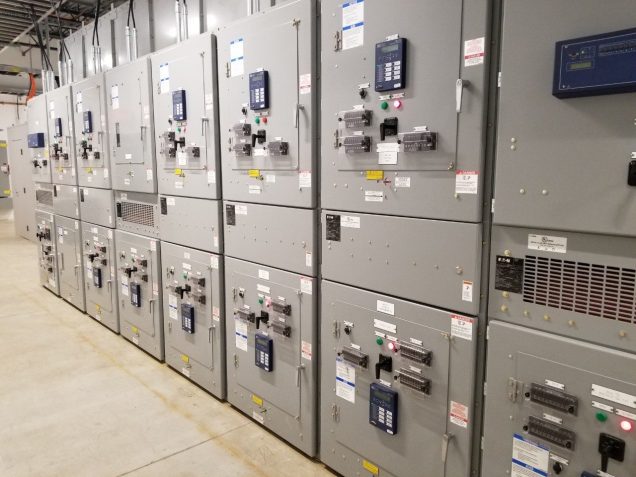Switchgear is a broad term that describes a wide variety of switching devices that all fulfill a common need: controlling, protecting, and isolating power systems. It is a device that is used to switch, control and protect the electrical circuits as well as electrical devices.
Types of Switchgears
- High-Voltage Switchgears
High-voltage switchgear is one that controls 75KV of power or more. Because these breakers are designed for high-voltage use, they often include improved safety features.
- Medium-Voltage Switchgear
Medium-voltage switchgear is used in systems from 1KV up to 75KV. This switchgear is often found in systems involving motors, feeder circuits, generators, and transmission and distribution lines.
- Low-Voltage Switchgear
Low-voltage switchgear is designed to regulate systems of up to 1KV. These are commonly found on the low-voltage sides of power-distribution transformers and are used across a variety of industries.
How Does Switchgear Work?
Different kinds of switchgear may follow different operational processes. That said, basic switchgear follows a relatively straightforward process: In the event of an electrical fault, the relay closes the trip circuit, disconnecting downstream loads. This allows the remainder of a circuit to continue operating without disruption, while also protecting vital equipment from damage.
For more information or assistance during normal business hours, call or e-mail TPS at the phone number above. You can also complete and submit our Service Project Inquiry form.

